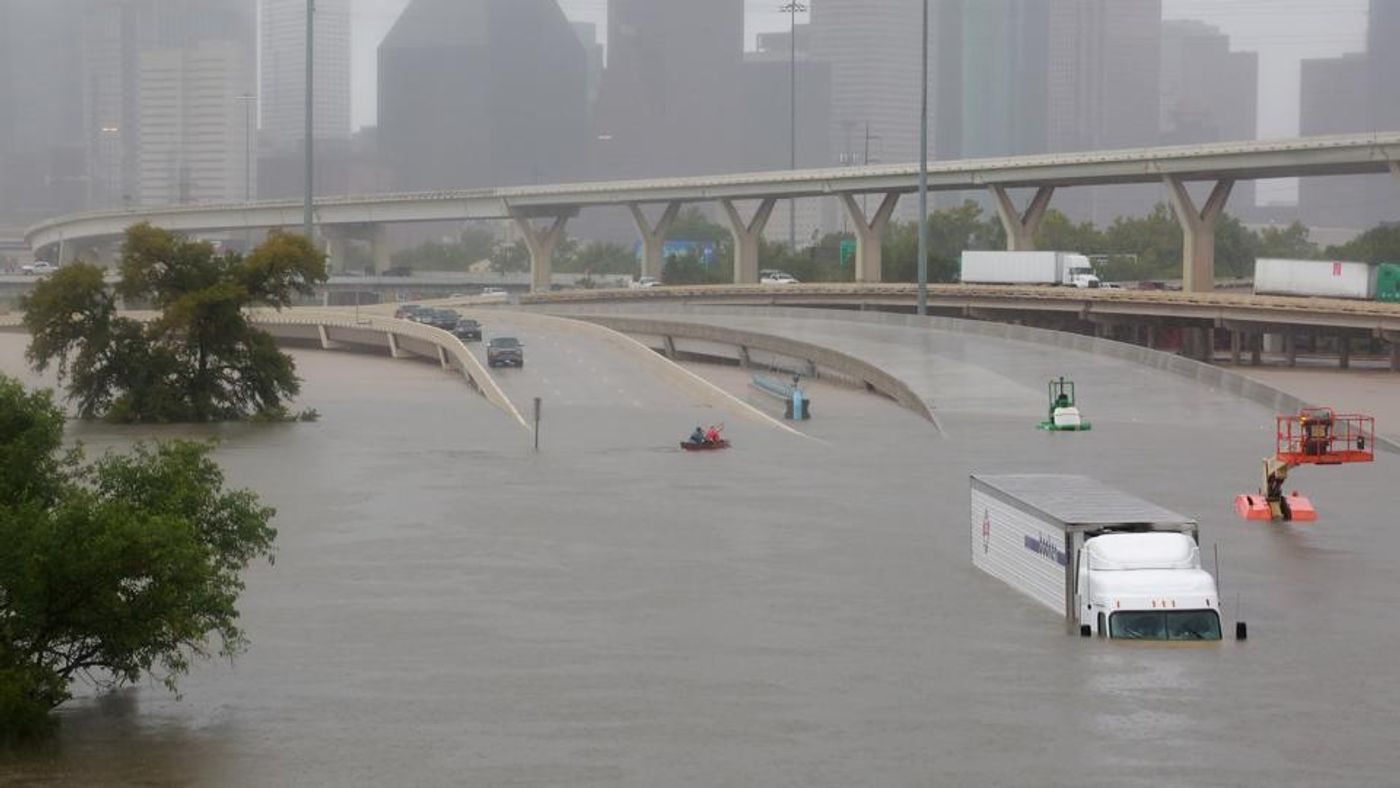New research reveals what caused Harvey
New research from the National Center for Atmospheric Research (NCAR) explains what led to such devastating flooding in Texas during Hurricane Harvey. In an already overwhelming hurricane season, Harvey generated some of the greatest destruction, aside from Hurricane Maria, which absolutely wreaked havoc on Puerto Rico. We knew at the time that it would take a while to be able to confirm or negate Harvey’s connection to climate change. Now, NCAR’s most recent investigation, which was published in the journal Earth's Future, poses the answer.
The Center determined that the Gulf waters in the timing leading up to Harvey were warmer than any records previously documented. According to Science Daily, this allowed the storm to grow exponentially because more moisture was available. Lead author Kevin Trenberth elaborated: "We show, for the first time, that the volume of rain over land corresponds to the amount of water evaporated from the unusually warm ocean. As climate change continues to heat the oceans, we can expect more supercharged storms like Harvey."
Why do warmer waters supercharge storms? It all has to do with the process of evaporation. Evaporation requires energy (which is heat) – so the warmer the waters are, the more efficiently a storm with strong winds moving across the ocean can evaporate moisture from the ocean’s surface. And with the case of Harvey, the waters were so warm, not only on the ocean surface but also in the upper layer of the ocean, that there was enough heat to continue recharging this fast evaporation process, essentially boosting more and more moisture up into the atmosphere. All that moisture later became the rain that caused record flooding in Houston.
To figure all this out, the team looked at the pre- and post-hurricane temperatures in the upper 525 feet of the Gulf. They saw that temperatures before the storm at near-surface levels were approximately 86 degrees Fahrenheit. Post-Harvey, those temps were still warm – 83 F. (Surface-level ocean temperatures must reach roughly 79 F to create the conditions for a hurricane.) The data the team used came from Argo, a network of floats that collects temperature data in the water, and a NASA-based international satellite mission called Global Precipitation Measurement, which measures rainfall over land.
So, in short, the answer (unsurprisingly) is yes: of course, the strength and devastation from Harvey were connected to climate change. "The implication is that the warmer oceans increased the risk of greater hurricane intensity and duration," Trenberth said. "While we often think of hurricanes as atmospheric phenomena, it's clear that the oceans play a critical role and will shape future storms as the climate changes."
Sources: Science Daily, Earth's Future









